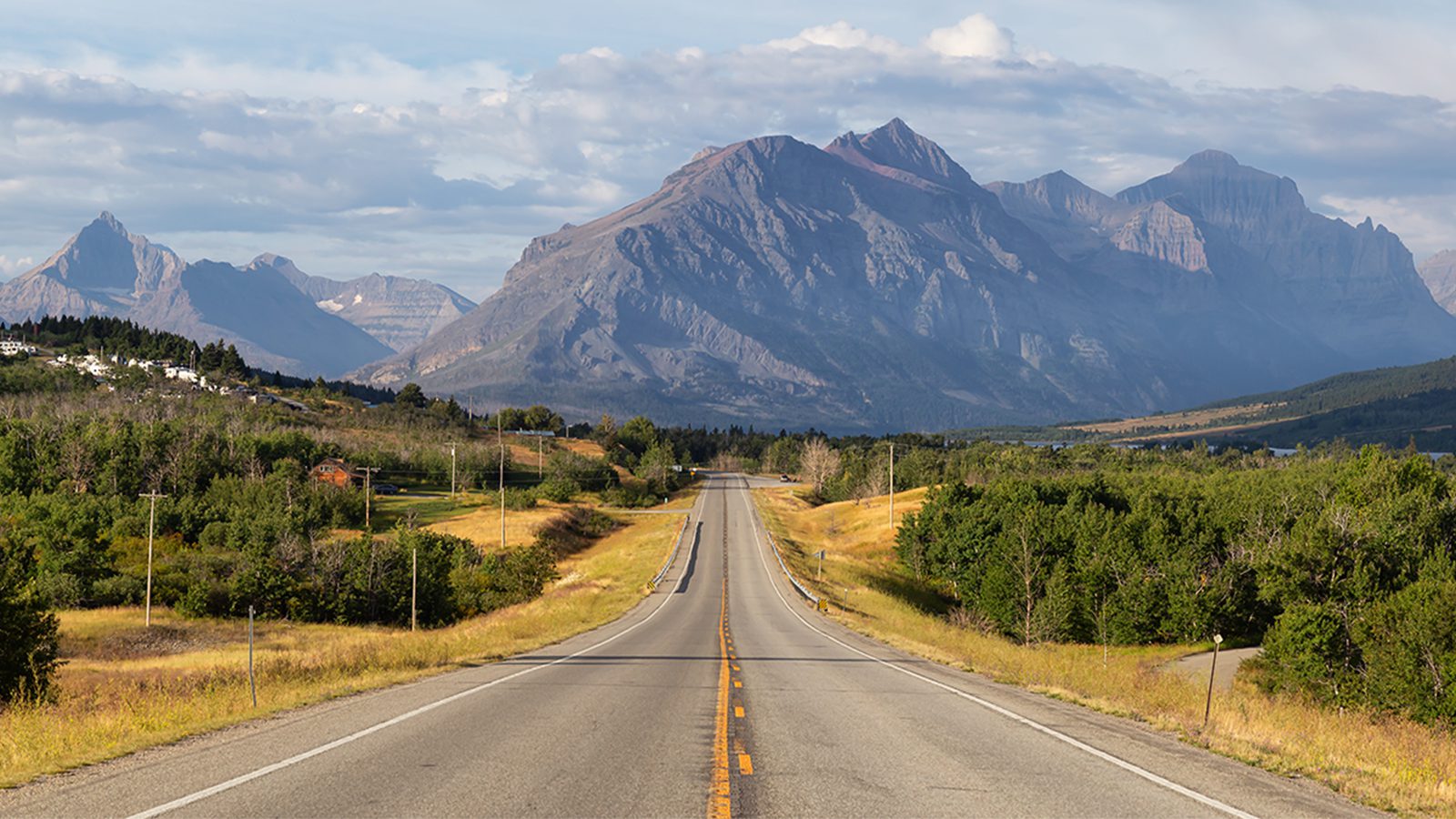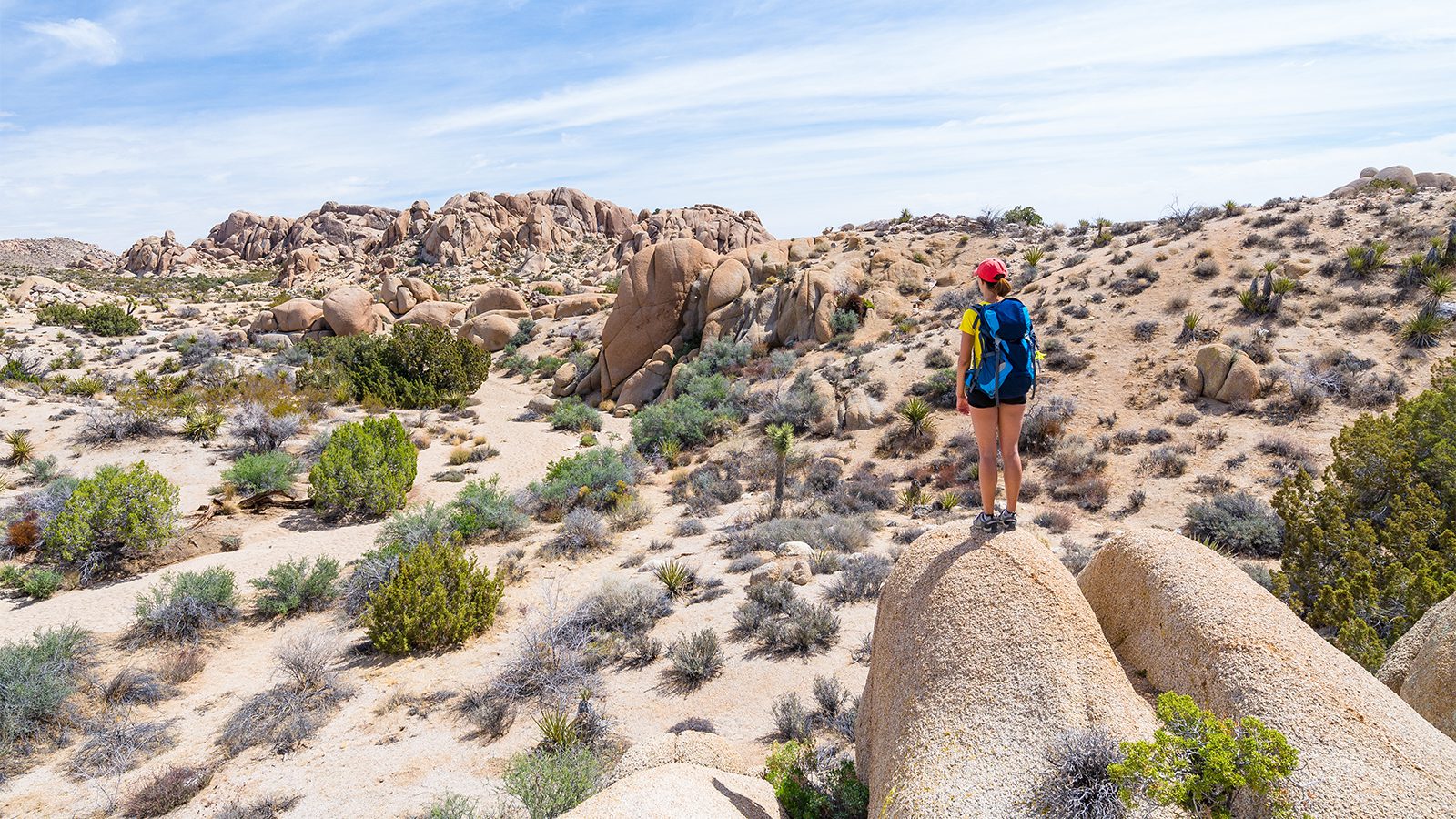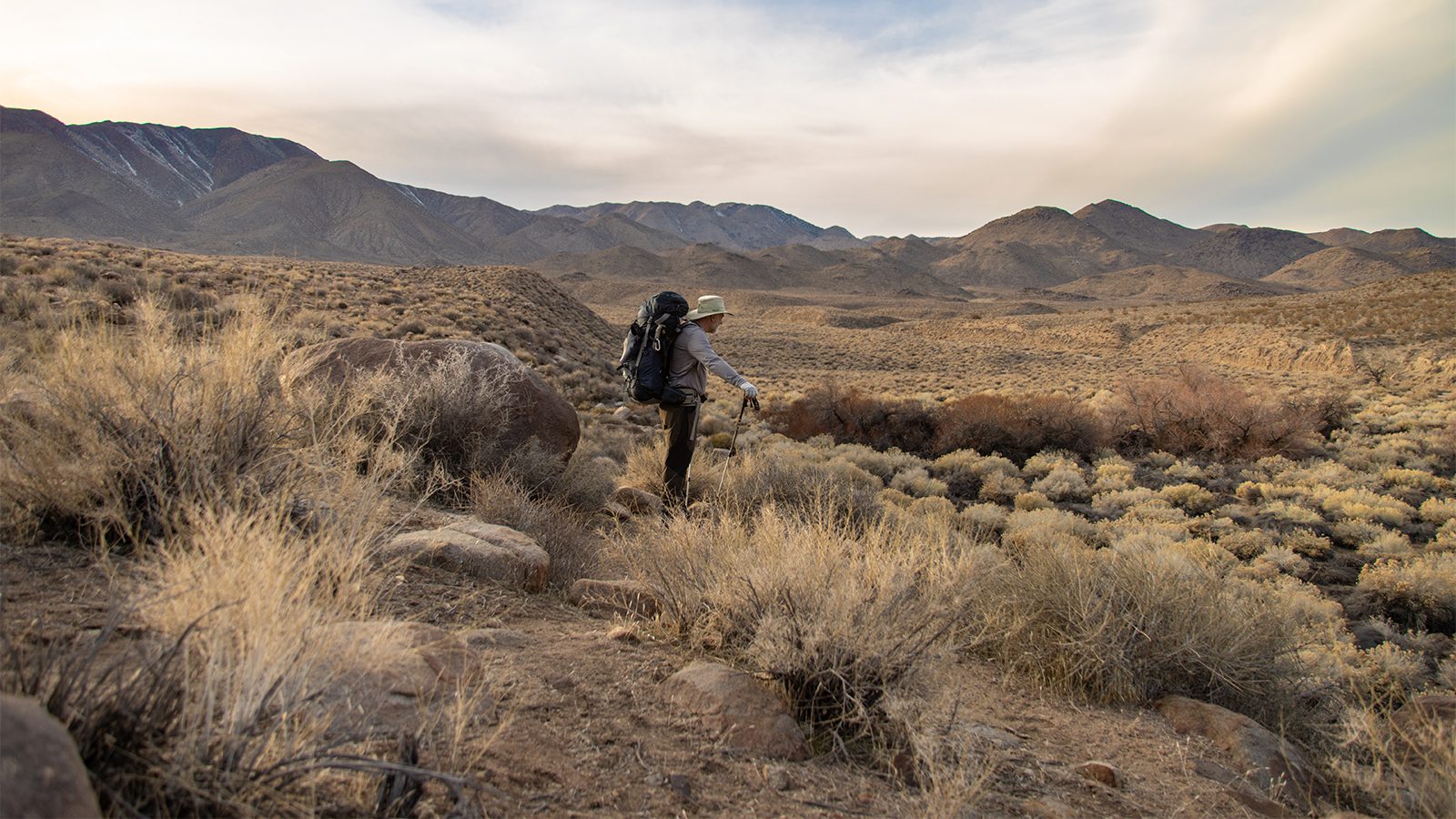When you imagine New York State, you probably picture towering skyscrapers and concrete masses. However, it doesn’t only boast one of the world’s largest cities, but also the most expansive wilderness area east of the Mississippi, the Adirondacks.
This area was initially claimed by two Native American nations, the Algonquins and the Iroquois. Many of the regions of the Park inherit names from these nations.
Whether you have an earnest desire to see some falling water, an itch for a multi-day wilderness adventure, or a quick hike craving to satisfy, there are hikes for you to explore.
Mount Colden via Avalanche Pass Trail
- Length : 12.8 miles
- Difficulty : Hard
- Estimated Time : 6 to 9 hours
- Best Time : June to November
There are several trails that you can use to ascend Mount Colden. They are regarded as challenging and should only be taken on by hikers with previous experience and at least moderate fitness levels. Summer and autumn are the best times to tackle this hike, although it can be done in the winter with plenty of prep beforehand.
The elevation gain is 4,714 feet. The trail highlighted here goes along Avalanche Pass, but there is also the Trap Dike route, which is more difficult but less busy. Mount Colden is the 11th highest mountain in the park and offers stunning views along the way, with a dip in Lake Colden optional on hot days.
The Avalanche Pass route can form a loop and is often done in reverse.
Gothics Mountain via Pyramid Peak
- Length : 16.4 miles
- Difficulty : Hard
- Estimated Time : 8 to 10 hours
- Best Time : June to November
Gothics Mountain is the 10th largest mountain in the state. It rests right in the middle of the Great Range, permitting stunning views of the mountains around it when summited. There are areas of the trail that get washed out during the rainy season, so take care during these scrambles.
The view at the end isn’t the only allure to this hike. It also encompasses waterfalls, streams, wide clearings, and tender mountain flora. It is what makes the entire hike an incredible experience, worth it through and through. It is also what makes this one of the more popular and busy hikes in the Park.
The mountain receives its name from the rock slides on one side of the mountain. Somehow, they formed to resemble the Gothic architecture and thus offer unique views, whether you are at the top or the bottom.
Cascade Mountain Trail
- Length : 4.4 miles
- Difficulty : Moderate to hard
- Estimated Time : 4 to 5 hours
- Best Time : September to November
Cascade Mountain is well known for its stunning views, starting early on and continuing throughout. The hike is said by many to be the outdoor equivalent of a stair stepper, making it a strenuous, but doable for most people. Most of the trail is exposed, and it means doing plenty of scrambles up steep rocks to reach the top.
Many hikers tack on an extra couple of miles over and back to hit Porter’s Mountain as well. Making it up this trail is an excellent introduction for those hikers in the beginning stages of becoming a 46-er. Dogs are allowed on the trail so long as they are on a leash. The path is open all year, but it is best to avoid it in the peak season if you do not like to feel crowded.
Wright Peak via Van Hoevenberg Trail
- Length : 7 miles
- Difficulty : Moderate to hard
- Estimated Time : 5 to 7 hours
- Best Time : October to February
Although this hike offers stunning views at any time of the year, the most famous occur during the winter months. The spectacular snowy slopes make it a popular destination that most people can conquer with half a day of hiking. If you decide to go in the winter, ensure that you are prepared for some icy scrambles.
The Van Hoevenberg Trailhead is where the hike to this peak begins, as well as for Phelps Mountain, Mount Marcy, and Algonquin Peak. The last mountain towers over that of Wright Peak and is frequently added into the mileage once conquered. It adds 1.8 miles onto the hike.
Stag Brook Trail
- Length : 1.2 miles
- Difficulty : Easy
- Estimated Time : 1 to 2 hours
- Best Time : May to September
The Stag Brook Trail is one of the more underrated trails in the Park. However, this means all good things for the hikers that choose to do it, since they are meat with much less congestion and more peaceful scenery. The trail makes an excellent picnic or wildlife viewing partnering.
Unlike some of the other hikes on the list, it doesn’t offer stunning mountains rolling into the distance. Instead, this is the fulfillment of a waterfall enthusiast’s biggest dreams. There are more than a dozen waterfalls along this trail. It is not difficult and offers more of a pleasant ramble than a scramble to success.
The trail ends in a large, narrow gorge. Here, you get to see one final waterfall from a distance. Chose more views by taking one of the trails down the slope instead of along the streams and cascades.
Mount Marcy, Mount Skylight, and Gray Peak Loop
- Length : 18.4 miles
- Difficulty : Moderate to hard
- Estimated Time : 9 to 11 hours
- Best Time : May to October
Mount Marcy is New York’s highest peak at 5,344 feet. Instead of being mauled by crowds of hikers looking to get an early start at 5 AM, take this lasso loop and check off a couple more peaks. If you are only interested in Mount Marcy, take the very busy Van Hovenberg Trail up to the top.
To start this loop, start at the High Peaks Information Center. Along the way, you will continue towards Marcy Dam, which is where the trail starts to diverge and get less traffic. During the summer, you need to use the replacement bridge since the dam was destroyed in 2011. During the winter, slide across the pond.
From the top of these peaks, view 43 out of 45 other Adirondack 46ers on clear days. Take a short step off the beaten track to view Indian Falls and get a waterfall fix.
Bald Mountain / Rondaxe Fire Tower
- Length : 2.0 miles
- Difficulty : Easy to moderate
- Estimated Time : 1 to 2 hours
- Best Time : September to November
The Fire Towers in Adirondacks make for popular hikes and can even be completed as part of a challenge. The Rondaxe Fire Tower sits on top of Bald Mountain and is quite a popular out and back trail. It isn’t high enough to get above any tree line and offers stunning mountainscapes of the autumn colors.
You can hike this trail with your pup so long as they are on a leash. The hike itself is enjoyable but can get crowded in the narrower sections. Most of the fire towers, including this one, are open to the public and can be ascended for even better views.
The trail is also known for its forested canopy and array of wildflowers, particularly in the spring.
Echo Cliff via Panther Mountain Trail
- Length : 1.6 miles
- Difficulty : Easy to moderate
- Estimated Time : 1 to 2 hours
- Best Time : April to July
Echo Cliff is only a moderately trafficked trail that follows an out and back pattern. It features beautiful wildflowers during the spring and summer seasons with plenty of stunning views that offer quite a few offshoots to explore if the primary trail is not enough. Dogs are also allowed on this trail if they are kept on a leash.
Take your tent with you to camp out when you enjoy this area of the National Park. Echo Cliff offers beautiful views that overlook Piseco Lake. At the end of the trail, the ascent becomes gradually steeper and closer to a rock scramble, but it doesn’t require any technical climbing. The first half is very easy for almost any fitness level to accomplish.
Big Slide Mountain via The Brothers
- Length : 7.5 miles
- Difficulty : Hard
- Estimated Time : 8 to 11 hours
- Best Time : August to October
Big Slide Mountain features an iconic peak, with one part almost looking as though it were shaved off. There are multiple paths to take if you want to summit. One of the most popular is via The Brothers. Unfortunately, it is one of the few areas in the park where you cannot bring your dog.
Upon ascending to the ridgeline, you receive views regarded as a staple within the High Peaks area. It can be challenging to find parking in the limited lot space near the trailhead. The Brothers are as much of a highlight on this trail as Big Slide Mountain itself. Ladders, bridges, and scrambles give it extra spice and interest while on the trail.
Auger Falls
- Length : 1.3 miles
- Difficulty : Easy
- Estimated Time : ~1 hour
- Best Time : April to October
Auger Falls is a well-known waterfall, yet it isn’t as heavily trafficked as many others in the park. It beings in a gorge along the Sacandaga River only a couple of miles under the more popular Austin Falls. It features a split at the top over a large outcrop that gives it a unique texture.
The walk to get to the waterfall is pleasant, taking you along a trail through the woods. Here, you get the sunlight slanting through the canopy overhead while you make your way towards the roaring falls.
This trail is best for those looking for a more leisurely hike, although there are plenty of roots along the path, so you still need to watch your footing and around the falls can be slippery. Dogs are allowed to accompany you.
Amanda Williams
Amanda Williams is a writer, plant-nerd, and outdoor enthusiast. She has traveled extensively, around the U.S., throughout Asia, Europe, and Latin America. Everywhere she treks, she takes time to enjoy the outdoors. John Muir is her hero. She aspires to inspire people to live better as he did.


